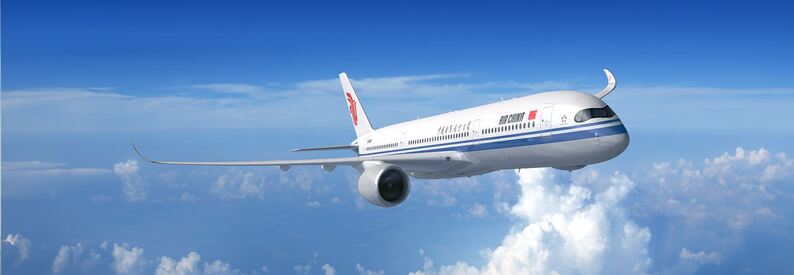US Moves to Ban Chinese Airlines From Using Russian Airspace

The U.S. Department of Transportation (DOT) has proposed new restrictions that would bar Chinese airlines from flying over Russian airspace on routes to and from the United States, citing compliance with long-standing bilateral aviation agreements and the need to ensure fair competition.
According to a regulatory filing issued on October 9, the DOT’s proposed order would make U.S. operating permits and exemptions for seven Chinese carriers—Air China, Beijing Airlines, China Eastern Airlines, China Southern Airlines, Hainan Airlines, Sichuan Airlines, and Xiamen Airlines—conditional upon adherence to Article 2(4) of the 1980 U.S.-China Civil Air Transport Agreement. This article requires that air services by either nation’s designated carriers over third countries be conducted only on routes equally available to both sides unless otherwise agreed.
The DOT said the clause was designed to prevent competitive imbalances between carriers. Since Russia closed its airspace to U.S. airlines in May 2022 following the invasion of Ukraine, American carriers have been forced to operate longer and more expensive routes between the U.S. and Asia. Meanwhile, Chinese airlines have continued to use Russian airspace on their U.S.-China flights, giving them a fuel and time advantage.
“The Department is acting to correct this disparity by enforcing compliance with Article 2(4),” the filing stated. “Specifically, the Department proposes to prohibit the above-named Chinese air carriers from utilizing Russian airspace in their passenger or combination services between China and the United States.”
Interested parties have been given two business days to comment on the tentative decision and two additional days to file replies. The proposal marks one of the most direct regulatory challenges to Chinese carriers since U.S.-China air service resumed after the pandemic and highlights growing tensions in international aviation policy tied to the geopolitical fallout of Russia’s ongoing war in Ukraine.
Currently, U.S. and Chinese carriers are permitted to operate a combined total of 50 weekly round-trip flights between the two countries under existing air service agreements, though actual usage varies by route and airline. This equates to approximately 200 flights per month. The proposed restriction would take effect 30 days after a final order is issued, should the U.S. Department of Transportation (DOT) decide to move forward following the review period.
Chinese airlines flying through Russian airspace save an estimated 2–3 hours per flight, significantly reducing fuel consumption and operating costs—giving them a major competitive advantage over U.S. carriers. Since 2022, U.S. and European airlines have been banned from Russian airspace due to ongoing geopolitical tensions, forcing them to take longer detours around Russia on routes to Asia. In contrast, Chinese airlines continue to operate over Russian territory, particularly on flights to the U.S. East Coast, allowing for shorter, more direct routes.
These shorter routes not only lower fuel usage but also result in thousands of dollars in savings per flight. Meanwhile, U.S. airlines are often forced to limit passenger or cargo loads to compensate for the extra fuel required for longer journeys—further cutting into their profit margins and global competitiveness.
If implemented, the measure could significantly impact flight scheduling and operational costs for Chinese airlines serving the U.S. market, potentially reshaping trans-Pacific air routes once again.
Related News: https://airguide.info/category/air-travel-business/airline-finance/, https://airguide.info/category/air-travel-business/travel-health-security/
Sources: AirGuide Business airguide.info, bing.com, ch-aviation.com
